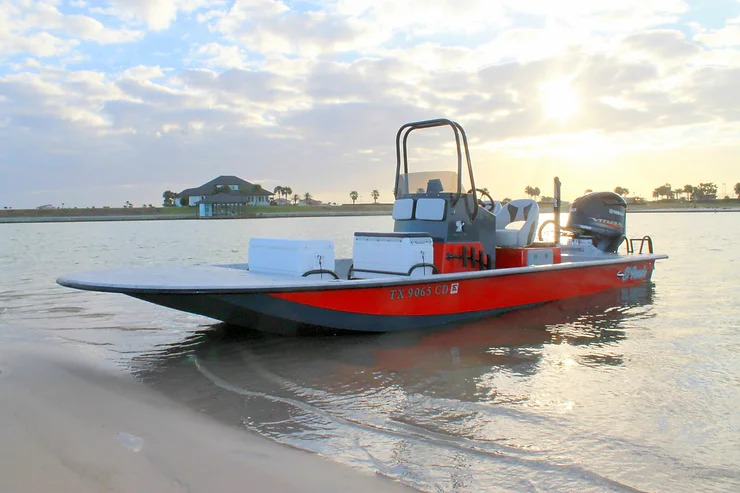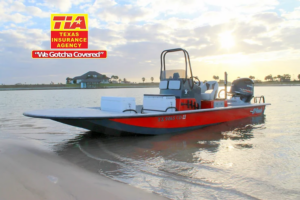Boating in shallow water can not only damage your boat, but injure you and your passengers as well. Luckily, you can avoid getting stuck by following these tips for navigating (or avoiding!) shallow waters.
· Check the water depth: There are many devices to assist you with shallow waters. Most notably, a depth finder should always be on board. If you’re in an unfamiliar area, check a chart—either electronic or paper—for soundings, which show the depths of the nearby areas. Then all you have to do is simply steer clear of shallow areas.
·Visually scout the water: Don a pair of polarized sunglasses and take a look at the water around you. You’ll be able to see various color under the surface, which can signify the depth. Typically, darker colors correlate with deeper waters.
·Study the tides: Changing tides could mean that an area you traveled in yesterday could be too shallow for travel today. Coastal areas can face big tidal changes up to several feet, which can put boaters at risk, especially as you shove off.
·Know your boat’s draft: The draft of your boat is the portion—measured in inches—that is underwater, from the lowest part of your boat up to the waterline. You can find this information in the owner manual or you can get a rough estimate by diving the length of your boat—from bow to stern at the waterline—by two. This helps you determine what depths you can safely travel in.
·Account for the planing hull: Most boats have a planing hull, which means that it sits lower in water until it reaches “on-plane” speed, after which is lifts up out of the water. The planing hull may give you a bit more shallow water clearance, but slowing down can drop the plane to the point where your boat could get stuck. If you think your planing hull creates a significant difference in the depth your boat can travel in, simply steer clear of potential problem areas.
Protect you boat with the best coverage. Call Texas Insurance Agency at (713) 675-2626 for more information on Houston boat insurance.





